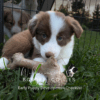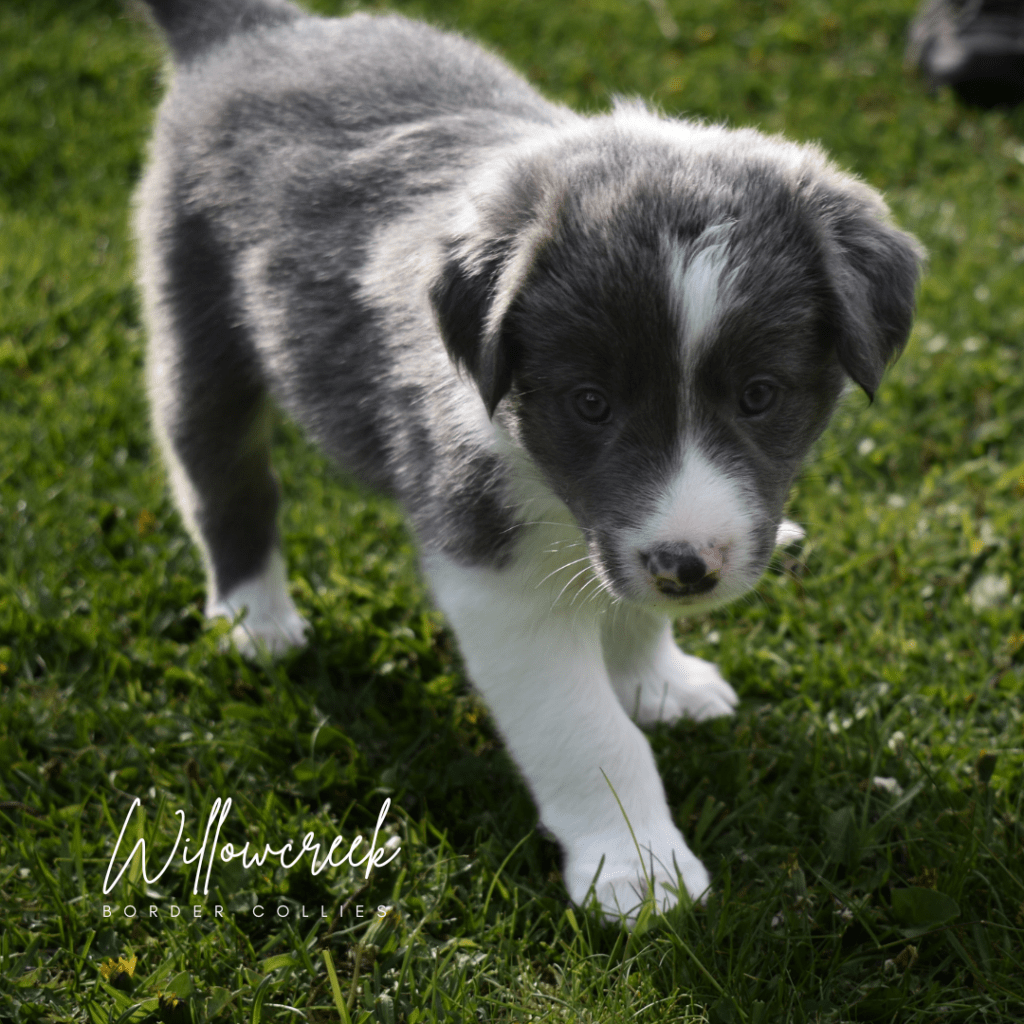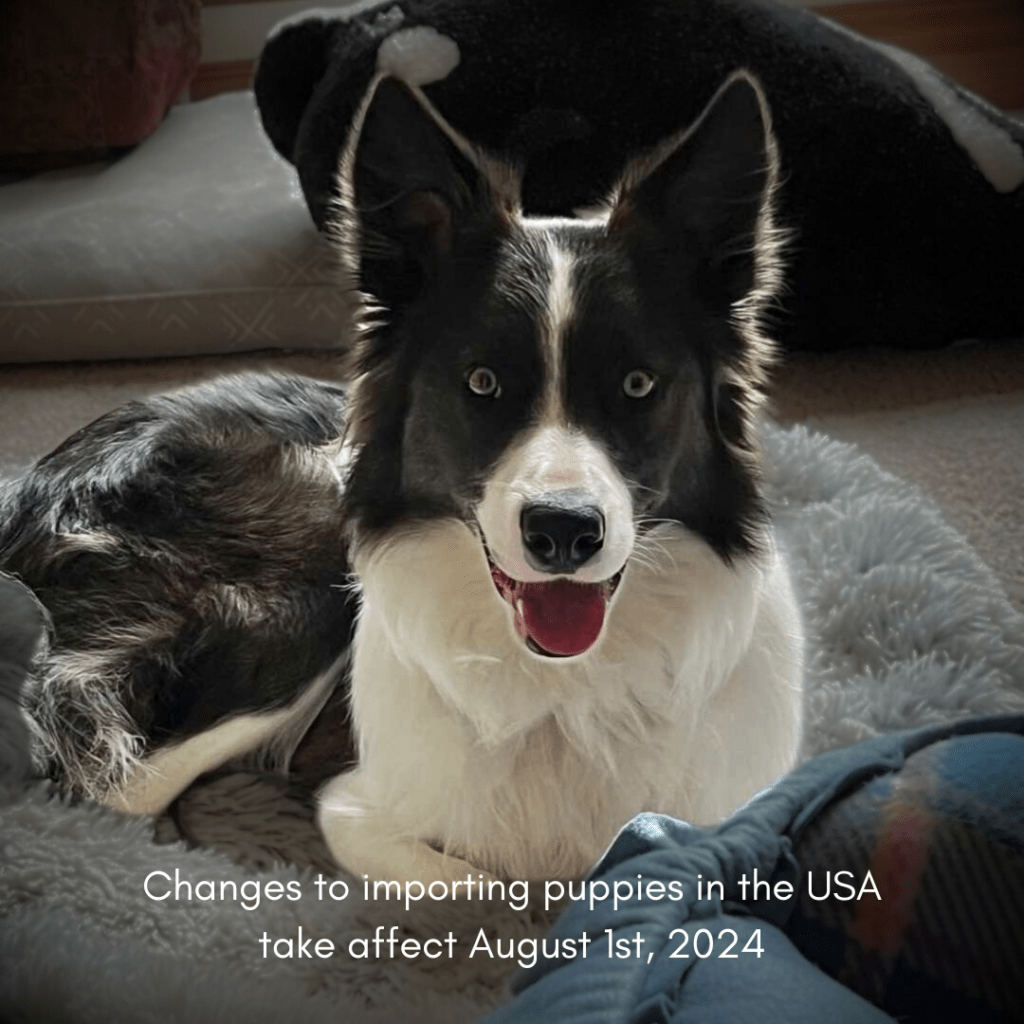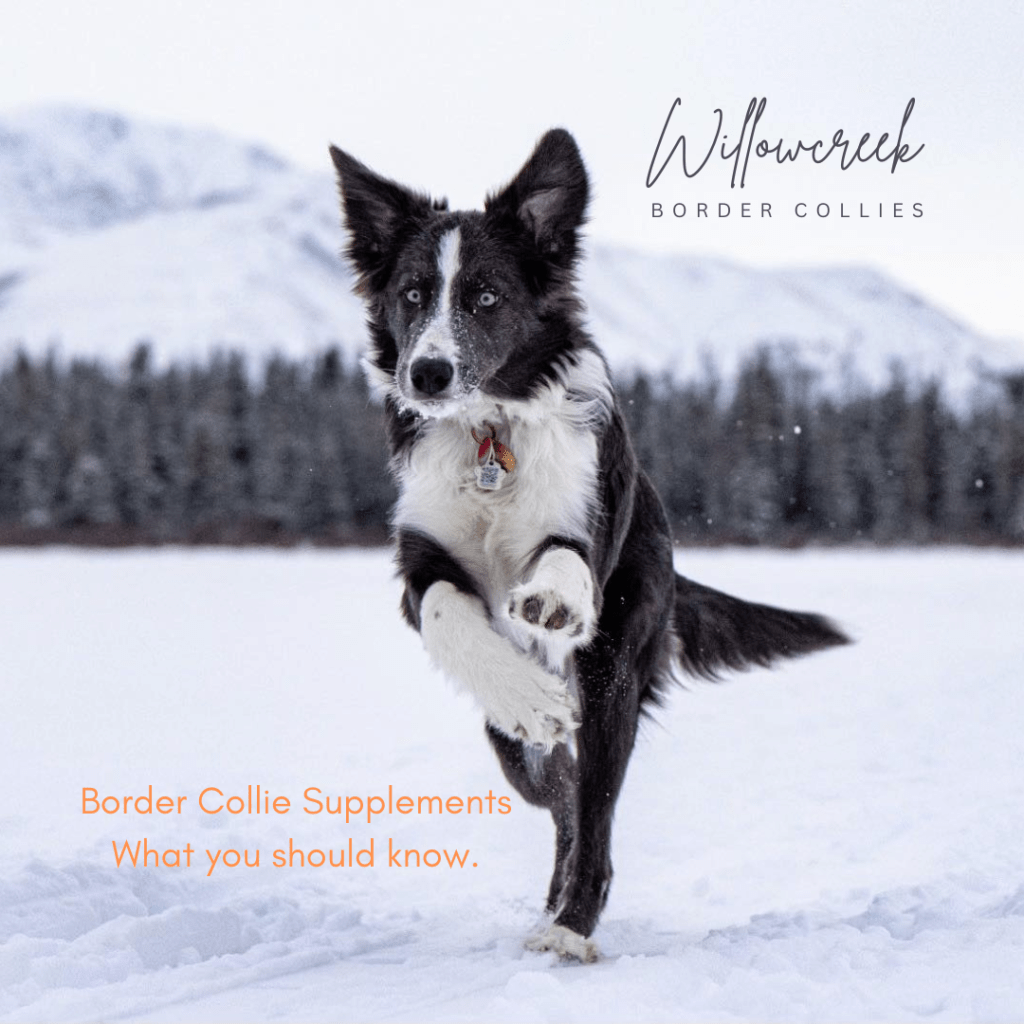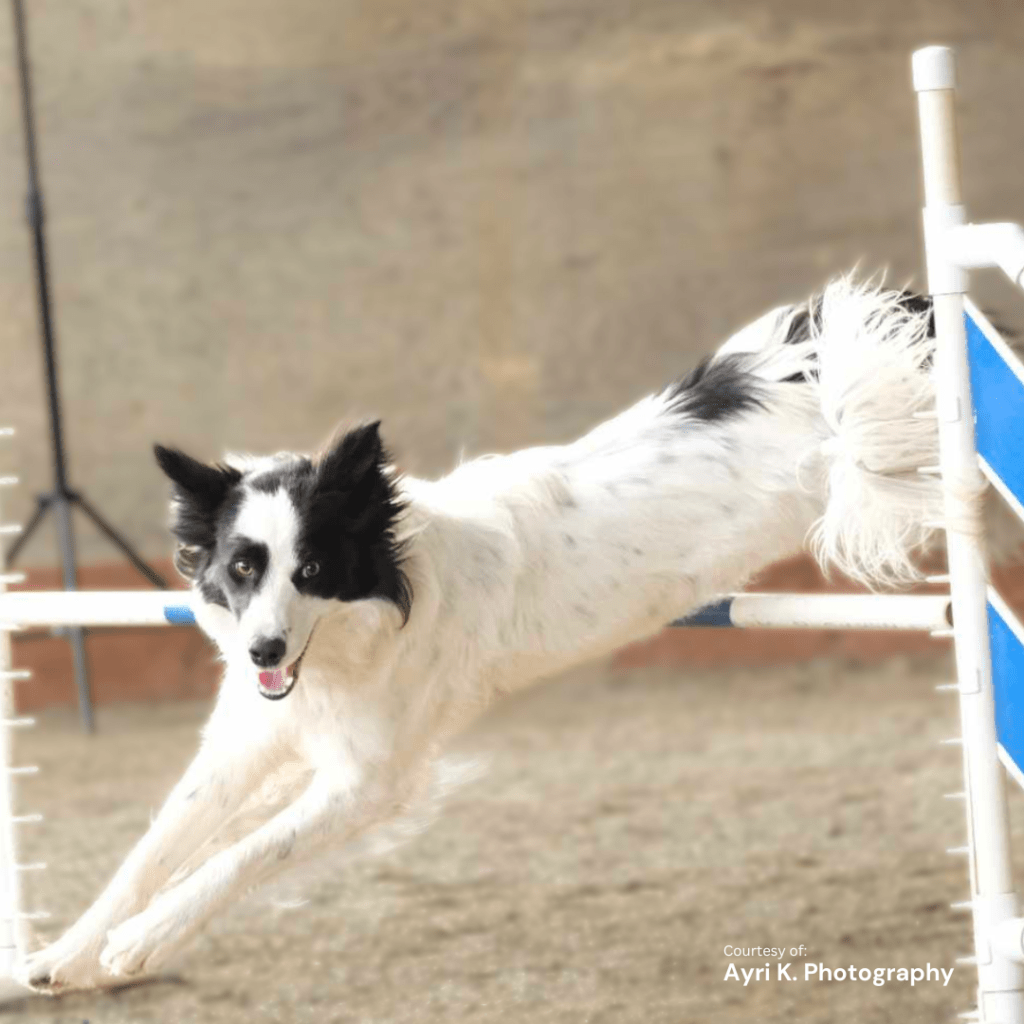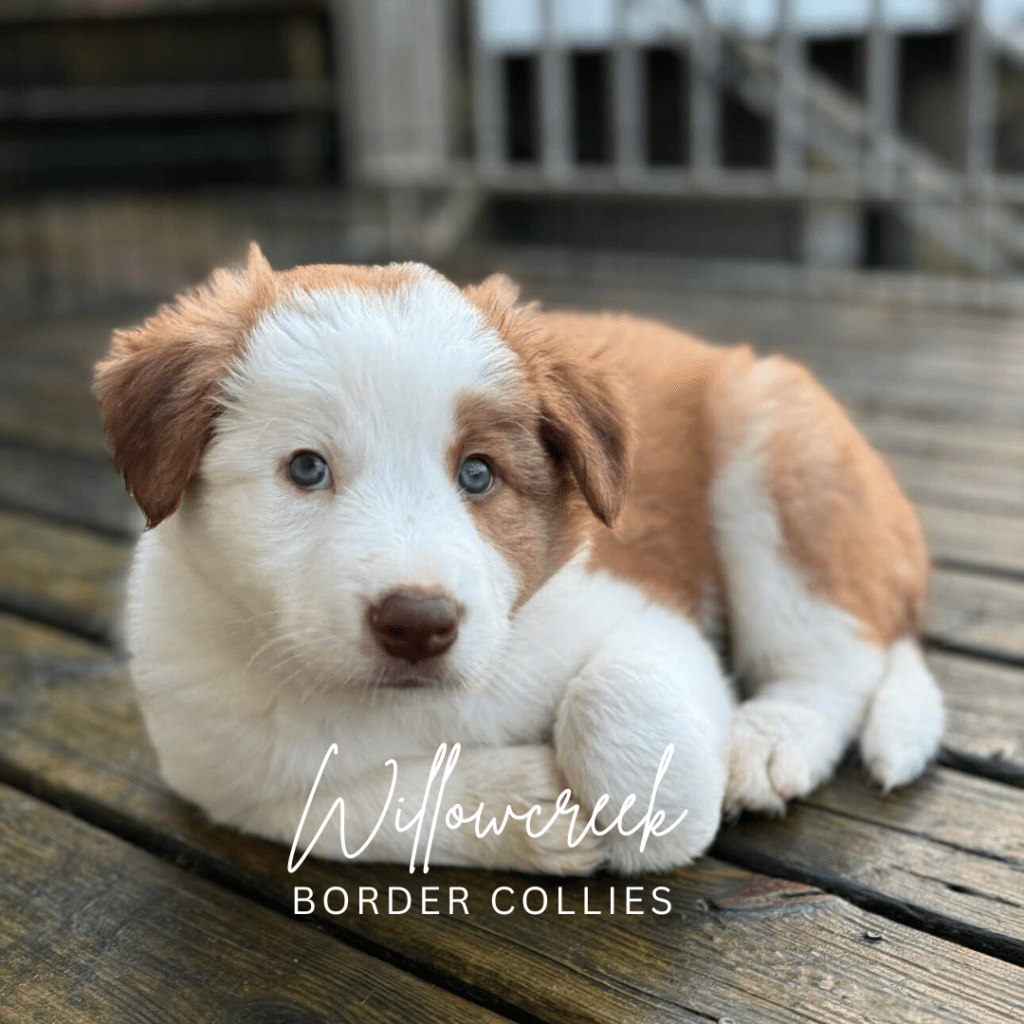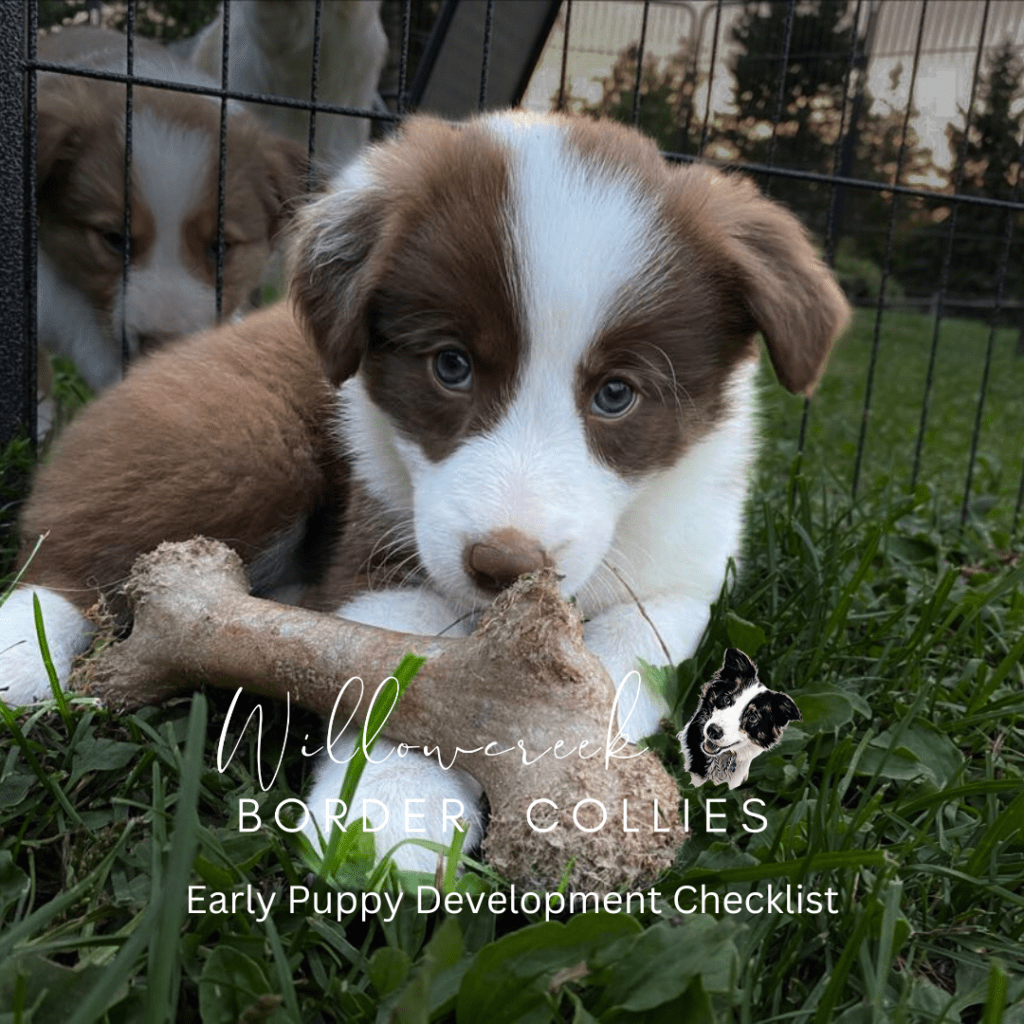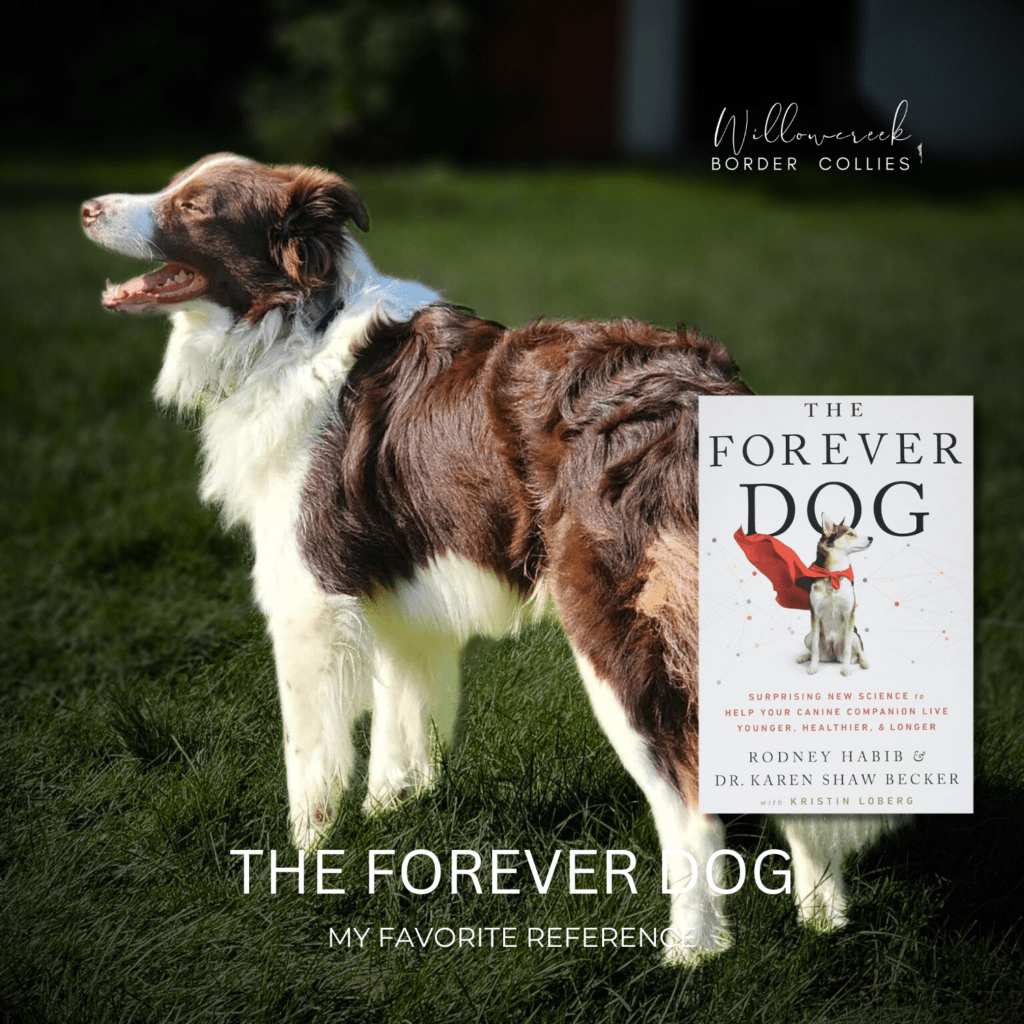Bite Inhibition | The Puppy Shark
In his article, “Teaching Bite Inhibition,” Dr. Ian Dunbar emphasizes the importance of allowing puppies to play-bite initially while gradually 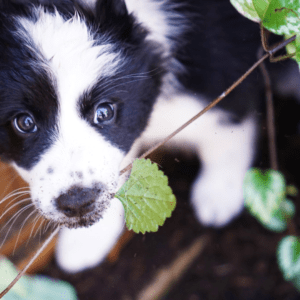 guiding them towards developing a soft mouth as adults. While outright forbidding puppy biting may offer temporary relief, it poses risks of a lack of bite inhibition, potentially leading to serious injuries when provoked in adulthood. Dr. Dunbar outlines a two-part process for teaching bite inhibition, starting with softening the force of bites and then reducing the frequency of mouthing. Read on to discover practical techniques for fostering a well-mannered and gentle playmate.
guiding them towards developing a soft mouth as adults. While outright forbidding puppy biting may offer temporary relief, it poses risks of a lack of bite inhibition, potentially leading to serious injuries when provoked in adulthood. Dr. Dunbar outlines a two-part process for teaching bite inhibition, starting with softening the force of bites and then reducing the frequency of mouthing. Read on to discover practical techniques for fostering a well-mannered and gentle playmate.
Teaching Bite Inhibition
Teaching bite inhibition involves allowing puppies to play-bite initially, gradually guiding them toward developing a soft mouth as adults. Dr. Ian Dunbar highlights the importance of this process, emphasizing its role in preventing serious injuries when provoked in adulthood. The two-part approach includes softening the force of bites and then reducing the frequency of mouthing. Practical techniques involve reacting to the hardest bites, using yelps and pauses during play, hand-feeding kibble or treats, and introducing the “off” or “leave it” command. With consistency, these methods help shape a well-mannered and gentle canine companion.



